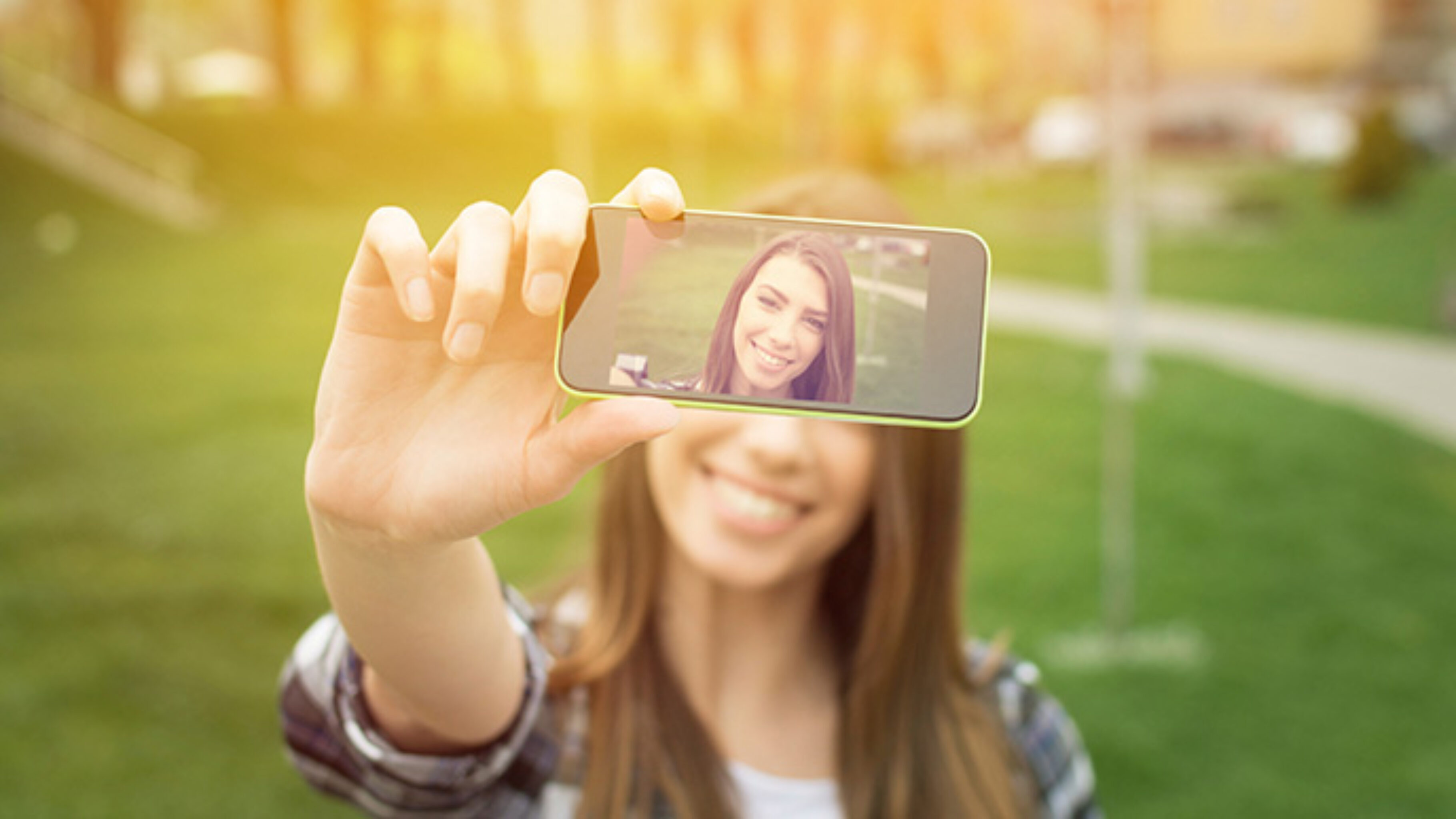Ah the selfie. A modern phenomenon, involving the simple practice of taking a picture of one’s face and then sharing it across the realms of social media. Recent selfies such as the Oscars 2014 selfie, was retweeted across Twitter a whopping 2 million times. Imagine this in brand terms. If a selfie representing your brand or product was retweeted this many times, what would it mean in terms of exposure, or better still revenue? Let’s explore how the selfie can be used in the world of E-commerce to generate sales and increase brand awareness.
Currently selfies are being used by a host of top E-commerce sites. Mainly those that are fashion based. The likes of todayimwearing.com encourages users to upload selfies of themselves in various outfits and then tag the garments that they are wearing with information on size, price and place of purchase. The tags link users directly back to the online stores where the garments were bought. The site is hugely popular and users regularly look through the comprehensive lists of selfies, clicking on the ones of interest and then clicking through to the E-commerce sites, where the featured items can be found. This is huge for E-commerce retailers, they are essentially increasing their reach through a phenomenally popular third party website, attracting more traffic to their sites and achieving more sales. There is even the option on todayimwearing.com for users to share various looks on social media, increasing exposure further and adding to the amount of positive endorsements those brands receives.
The Vogue website also features a ‘Today I’m wearing’ section, showing selfies of celebrities in various different outfits over the course of a month, which are then tagged with the featured clothes. There is of course the option to share the pictures and should your brand or product be featured, you will no doubt increase your awareness.
Selfies of celebrities wearing your product can bring in massive amounts of good PR. Celebrities’ selfies which showcase that they themselves use the particular product, can massively sway customers into making those purchases. It creates a feeling of trust amongst consumers, which can be hugely influential in their decision making process of whether or not to buy a product.
E-commerce is really leading the way in the use of selfies. Social Networks act as key platforms to promote selfies and indeed the products and brands on show in them. Pinterest for example allows anyone from customers to E-commerce website managers, to post their photos. It also allows you to post photos in relevant categories. Here lies the big advantage for E-commerce websites, as when selfies are posted according to their relevant sections, the products become easy to find and also distinguish. The sections allow viewers to see the products within a wider context. The selfie may show the products being worn or used in gyms, at gigs or in bars. This creates more of a discernible image that the consumer can buy into and contributes to increased awareness about the product.
Selfies, of customers wearing your garments really are the ultimate testimonials. An image of a normal shaped person reassures the potential customers that the merchandise can fit across all shapes and sizes. While on site images of models wearing your products may provide that aspirational element, these images are not relatable. Customers need to be able to relate to potential products. According to Mimi Banks, director of social media at L’Oreal’s Lancome brand:
“The path to purchase has evolved tremendously, and consumers are much more likely to trust their peers than a brand,”
Indeed, fashion brands shouldn’t aim to dictate style, they should let costumers put their own twists on contemporary outfits and share them amongst their peers, inspiring others and being inspired themselves. After all an inspired consumer is spendthrift consumer.








